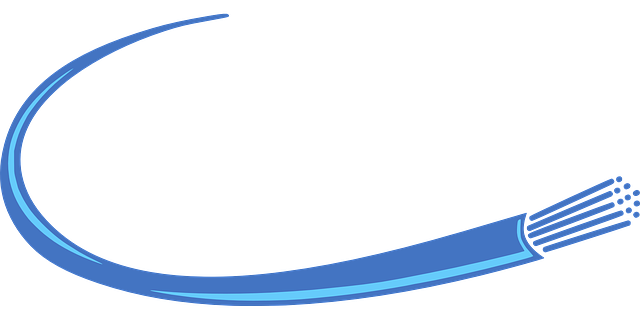
Cables consist of more than just conductors; they feature a jacket. Whether it’s a coaxial, ethernet or fiber optic cable, it will feature a jacket. Jackets play an important role in protecting cables from damage. For a better understanding of cable jackets, keep reading.
What Is a Jacket?
A jacket is the protective outer layer of a cable. Most cables consist of a bundle of conductors, insulation and then a jacket. The conductors are the wires through which electricity or electrical signals travel. Surrounding the conductors are insulation, which protects against signal loss and interference while also isolating the conductors.
The outermost layer of a given cable is the jacket. Cables essentially have three layers. The innermost layer is the conductor bundle. The middle layer is the insulation. And the outermost layer is the jacket.
Purpose of Jackets
Jackets are designed to protect cables from environmental damage. More specifically, they protect the conductors and insulation from damage. Without a jacket, the conductor bundle and insulation would be exposed to the surrounding environment. This can result in damage to the cable that renders it inoperable.
Cables can succumb to damage when exposed to environmental hazards. Fire can melt through cables to the point where they are no longer able to transmit electricity or electrical signal. Even moisture can interfere with a cable’s functionality. With a jacket, cables are protected from environmental hazards such as these. Jackets aren’t necessarily fireproof, but they can often withstand high temperatures without failing.
Common Jacket Materials
Not all jackets are made of the same material. You can find them in different materials. Some jackets are made of polyvinyl chloride (PVC). PVC jackets are highly resistant to environmental damage and inexpensive. Other jackets are made of polyurethane or neoprene.
While available in different materials, jackets share a few common properties. They are all resistant to heat, for example. Jackets must be able to withstand hot environments to protect the cable’s conductors and insulation.
Jacket materials are also flexible. In commercial applications, cables can stretch for hundreds of feet. They may have to run through ceilings, floors and walls. Flexible materials, of course, are able to bend. Electricians or information technology (IT) technicians don’t have to worry about cables breaking when installing them. The flexible properties of their jackets allow them to bend without breaking.

